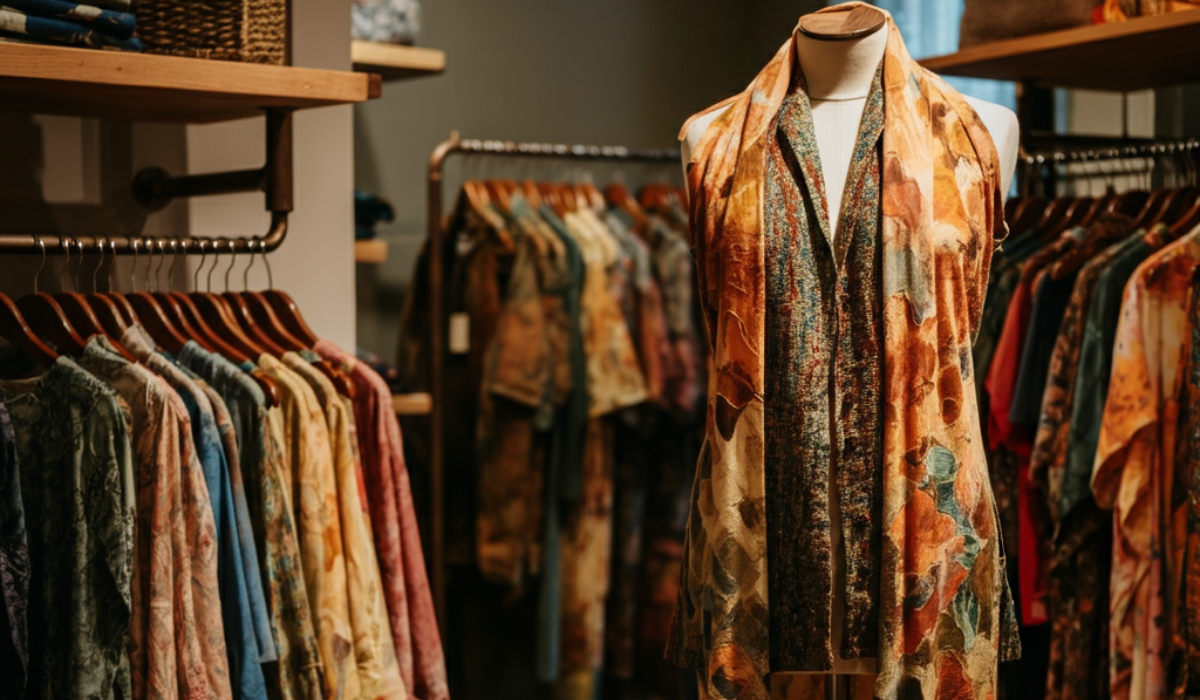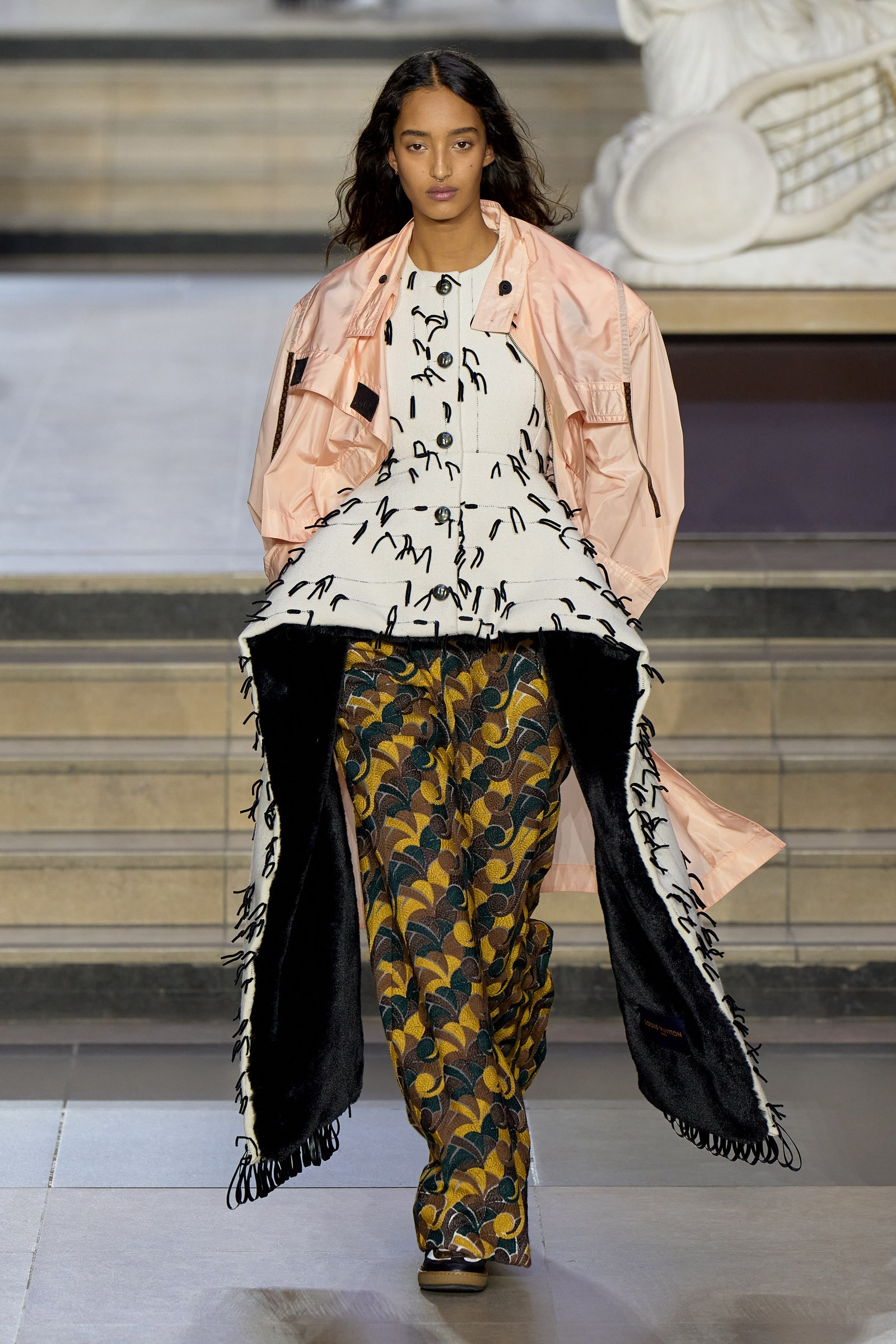I’ve been seeing this term “deadstock” pop up a lot lately, especially when talking about sustainable fashion. It got me curious, so I started digging around, specifically about this brand Judy’s Fashion. Now, I’m no expert, but I figured I’d share my little investigation with you all.

So, what’s the deal with deadstock? Apparently, it’s a term for unused fabrics or garments. You know, stuff that a brand either made too much of or just decided not to use. It could be because they discontinued a style or maybe they just overestimated how much fabric they’d need. It’s perfectly good stuff, but it ends up just sitting in warehouses or, even worse, getting tossed in a landfill.
What I did:
- First, I hit up the internet to get a general sense of what deadstock actually means. I found out it’s basically leftover fabric and clothes that never got sold.
- Then, I started looking into Judy’s Fashion. This was a bit trickier. There wasn’t a ton of info about them using deadstock specifically.
- I browsed a bunch of articles and blogs about sustainable fashion. The idea behind using deadstock is pretty cool – it keeps materials out of landfills and gives them a second life.
- I even stumbled upon some personal stories. Like this one person who scored a Neiman Marcus silk suit – tags still on – for just 25 bucks! That’s a steal! There was also someone who found a suede chore coat for 30 dollars.
From what I could gather, Judy’s Fashion was this clothing chain from Southern California, started way back in 1946. I read that they were all about trendy stuff. But as for whether they’re currently big on the whole deadstock thing, that’s kind of a mystery. I couldn’t find any clear answers on that.
It seems like using deadstock is becoming more popular, which is great. People are starting to care more about making eco-friendly choices, and that’s definitely a step in the right direction. But in the world of fast fashion, I’m not sure how much of an impact it’s really making, especially with brands like Judy’s. It’s hard to say if they’re fully on board with the deadstock movement or not.
Anyway, that’s my two cents on the whole “is Judy’s Fashion deadstock” question. It’s a bit of a puzzle, but it’s definitely got me thinking more about the clothes I buy and where they come from. It seems the information isn’t readily available about Judy’s Fashion’s utilization of deadstock fabric. Maybe one of you has some more insight? I’d love to hear what you think!
So, I might keep digging around to see if I can find anything more concrete. But until then, I guess it’s safe to say that the jury’s still out on Judy’s Fashion and their deadstock practices.
